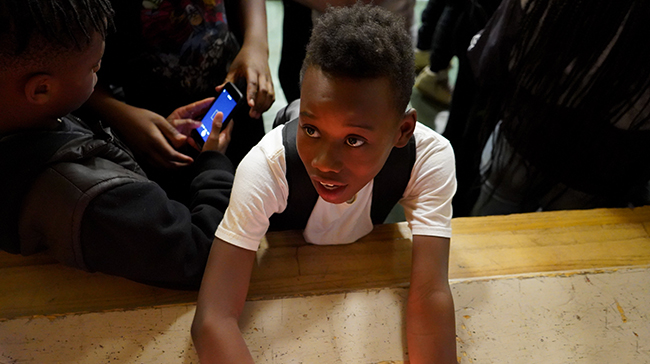
Engage the Community in the Youth Justice Initiative
The voices of all youth justice improvement initiative members, reflecting the widest possible array of perspectives, will be necessary to create a complete picture of the initiative’s current reality and future prospects. Ask tough questions that will help you identify what is going well for the initiative and should be continued, and what needs to be improved.
- Clarify the purpose for engaging with communities and other stakeholders.
- Identify those who need to be engaged, including those most affected and those who can address the issue.
- Reach out to those you want to engage through trusted people, organizations, and networks. (This may include local leaders, those in the youth justice system or those with influence such as faith-based leaders.)
- Communicate the need and benefits of taking action together.
- Make participation easy and rewarding. (This may include considerations for time, effort, cost, and location; ensuring respectful interactions; and making the experience rewarding.)
- Improve peoples’ abilities to be involved (e.g. provide information, skill training, technical support).
- Define the function and structure of the group (e.g. roles and responsibilities, coordination and leadership, communication and decision-making structures).
- Create an environment that fosters full and effective participation (e.g. welcoming, respectful, engaging quieter members).
- Establish shared ground rules and guiding principles to inform the group’s values, norms, and commitments for working together.
- Build and strengthen relationships and trust through respectful and responsive interactions.